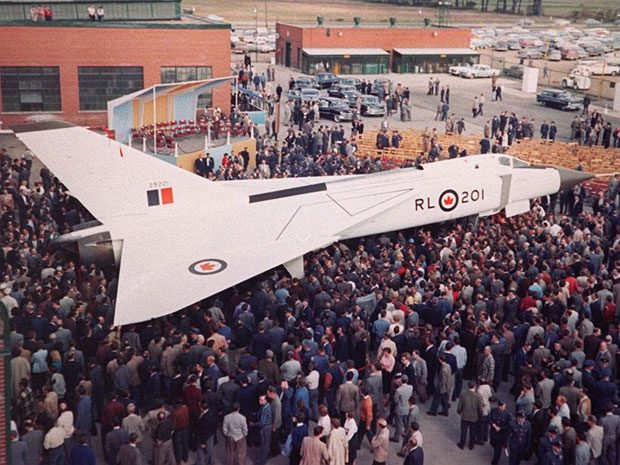
The Cancellation of the Avro Arrow
The cancellation of the CF-105 Avro Arrow project on February 20, 1959, was a blow to aviation technology in Canada, but was a “massive windfall” for the U.S. National Aeronautics and Space Administration (NASA), according to Rob Godwin, space curator of the Canadian Air and Space Conservancy. More than 30 Canadian and British engineers who worked on the now mythic supersonic fighter jet, were snapped up by the Space Task Group at NASA’s facility in Langley, Virginia. This group, led by Canadian Jim Chamberlain, went on to contribute to the Mercury, Gemini and Apollo projects, including the historic Apollo 11 mission.
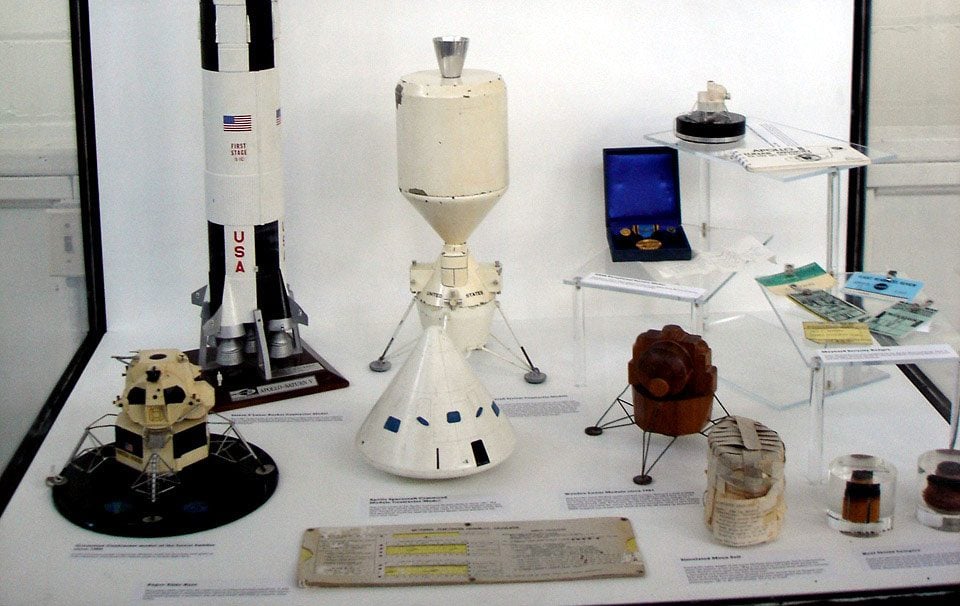
Owen Maynard’s Lunar Module
When Neil Armstrong announced “The Eagle has landed” to NASA’s Mission Control on July 20, 1969, he was referring to the lunar module designed by a Canadian. Sarnia, Ontario’s Owen Maynard was one of the Canadian engineers who migrated from Avro to NASA’s Space Task Group in 1959. By 1963 he was chief of system engineering for the Apollo program and is acknowledged as the person at NASA most responsible for the design of the lunar module.
Find out the best places for stargazing across Canada.
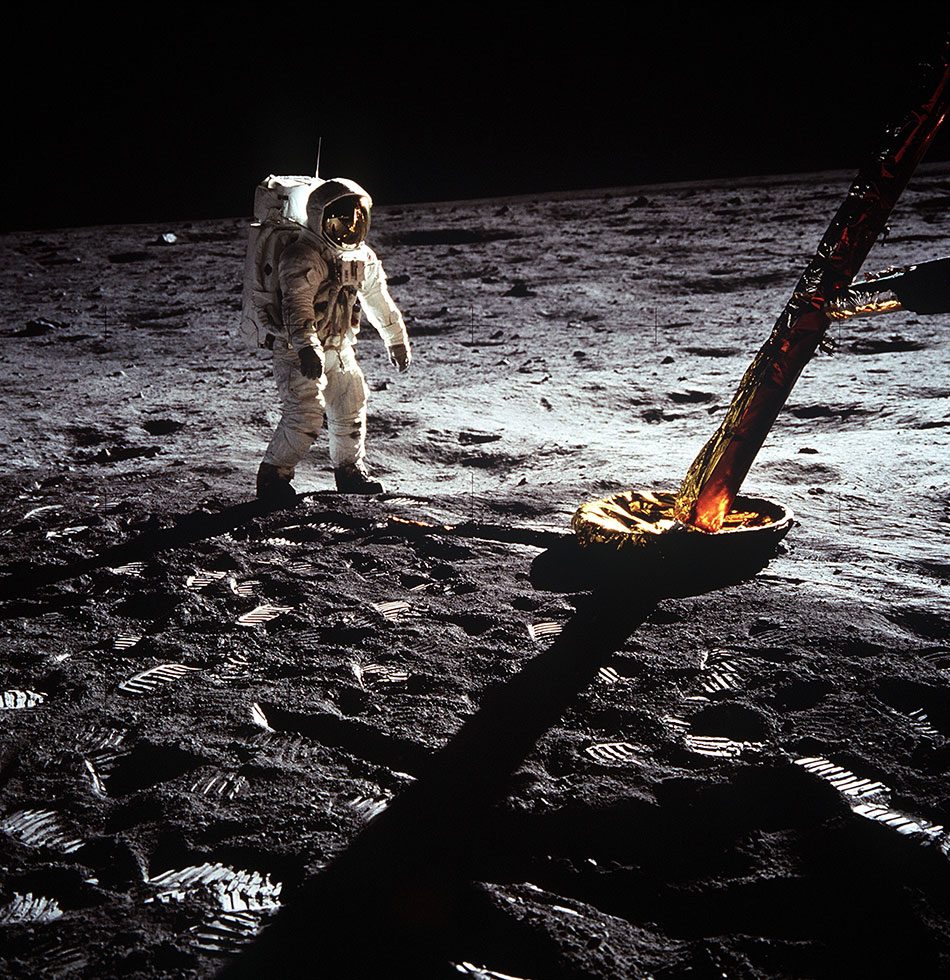
Apollo 11 Lunar Module Landing Gear
Rewatch the moments before the lunar module lands on the moon and you’ll see another Canadian contribution to the Apollo 11 mission. The landing gear of the “Eagle” was produced by Héroux-Devtek of Longueuil, Quebec, which won the NASA contract to produce the module’s four telescopic legs. Though some say the first “feet” on the moon were Canadian, that’s not the case, says Godwin. “Nine out of 10 parts of the legs were, just not the footpads.”
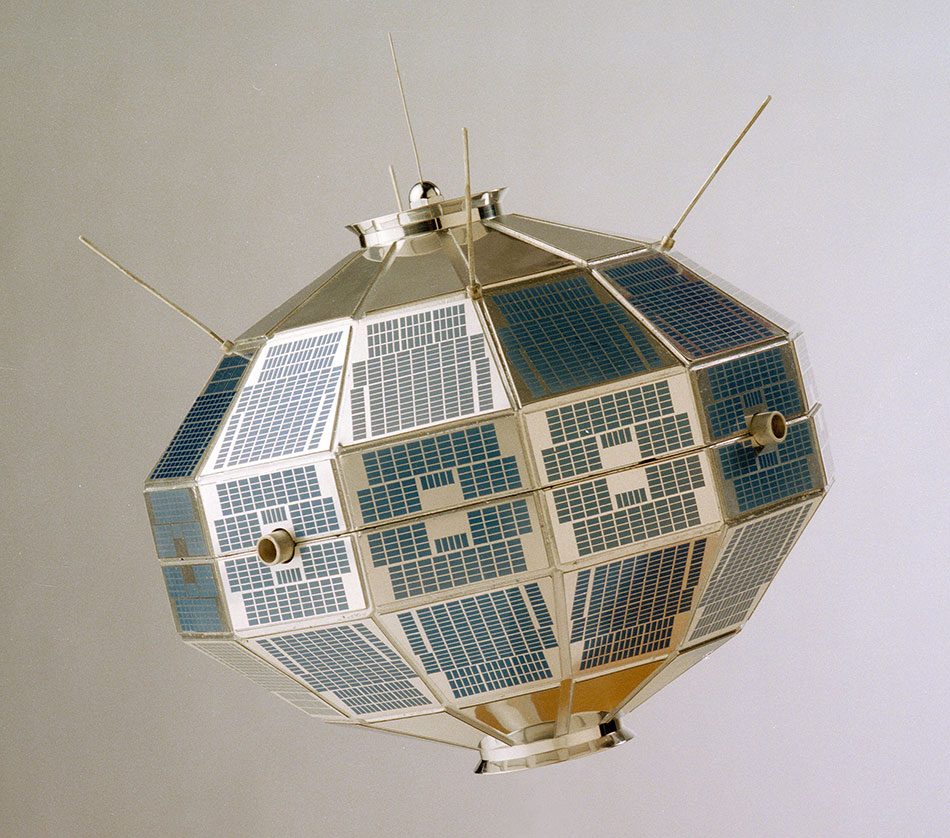
Alouette-1 Satellite
It’s a little-known fact, but Canada was the third nation in space—after the Russians and Americans, naturally. (Here are more history questions people always get wrong.) Launched on September 29, 1962, the Alouette satellite was designed to study the ionosphere (the outermost layer of Earth’s atmosphere) and featured an innovative 150-foot antenna that could be unfurled to allow the satellite to transmit and receive radio waves over numerous frequencies. The technology was so successful it was used by NASA on both the Gemini and Apollo missions. The satellite is still orbiting the Earth as space junk.
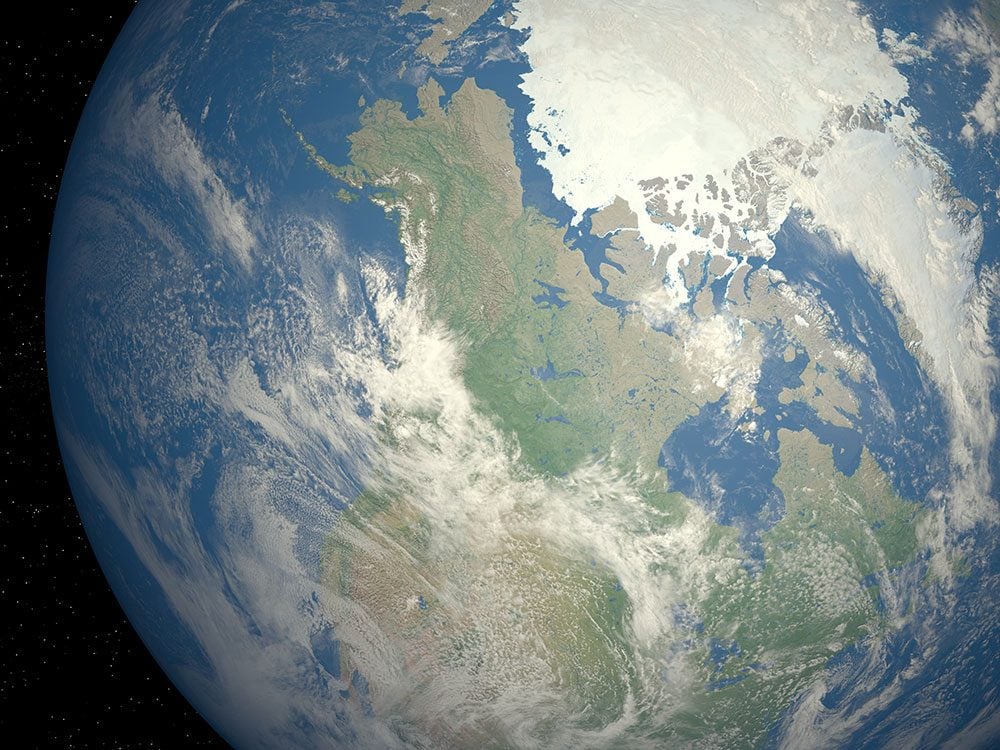
Anik A1
Before this satellite launched, many northern communities had to rely on taped television programs mailed from southern broadcasters. Inuktitut for “little brother,” Anik A1 was the world’s first commercial domestic communication satellite in a geostationary orbit. Launched for Telesat Canada on November 9, 1972, the Anik’s signal beam covered the whole of the country, providing Canadians coast-to-coast-to-coast with reliable long-distance telephone services and live television broadcasts. Makes you wonder how many of these classic Canadian TV shows it relayed?
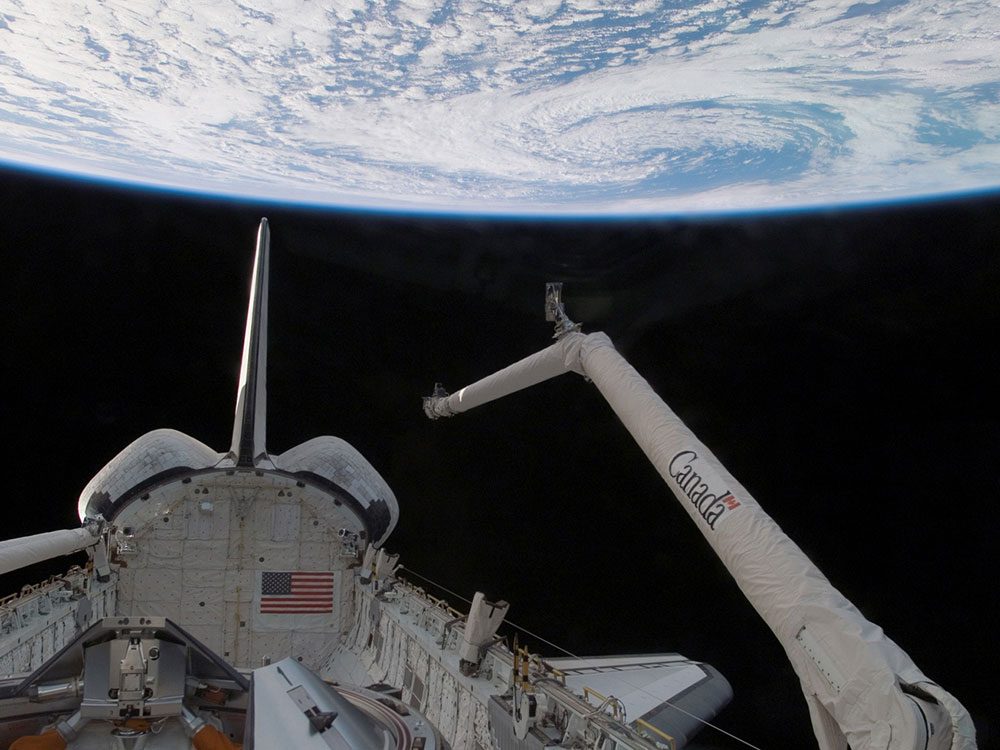
Canadarm and Canadarm2
Its technical name is the not-so-catchy Shuttle Remote Manipulator System, but we know it as Canadarm. This robotic innovation, which made its debut on the Space Shuttle Columbia on November 13, 1981, is “truly one of the greatest achievements to came out of the Canadian aerospace program,” says Godwin. Developed by Toronto-based SPAR Aerospace Ltd., the 15-metre long workhorse was installed on each Space Shuttle (five were built, one was lost on Challenger) until its last mission on Atlantis on July 21, 2011. The second-generation Canadarm2, built by Brampton, Ontario-based MDA, was installed on the International Space Station in 2001.
Check out more mind-blowing facts about Canada.
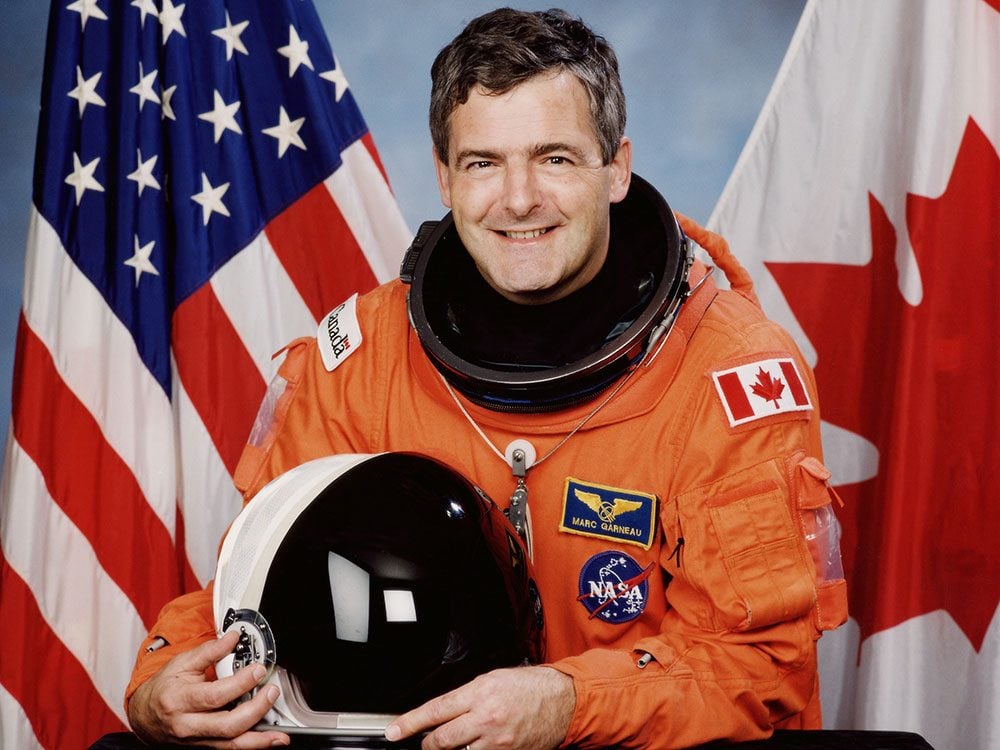
The First Canadian in Space
How do you thank a country for the Canadarm? If you’re NASA, you invite them to participate in its manned missions. In 1983, six candidates were selected from 4,000 applicants as part of the Canadian Astronaut Program, including Marc Garneau of Quebec City. Garneau, a retired naval captain, became the first Canadian in space aboard Challenger in October 1984. He returned to space in 1996 and 2000 and was the first non-American Capsule Communicator at Mission Control in Houston. Garneau went on to serve as president of the Canadian Space Agency from 2001 to 2005.
Test your knowledge of Canadian trivia.
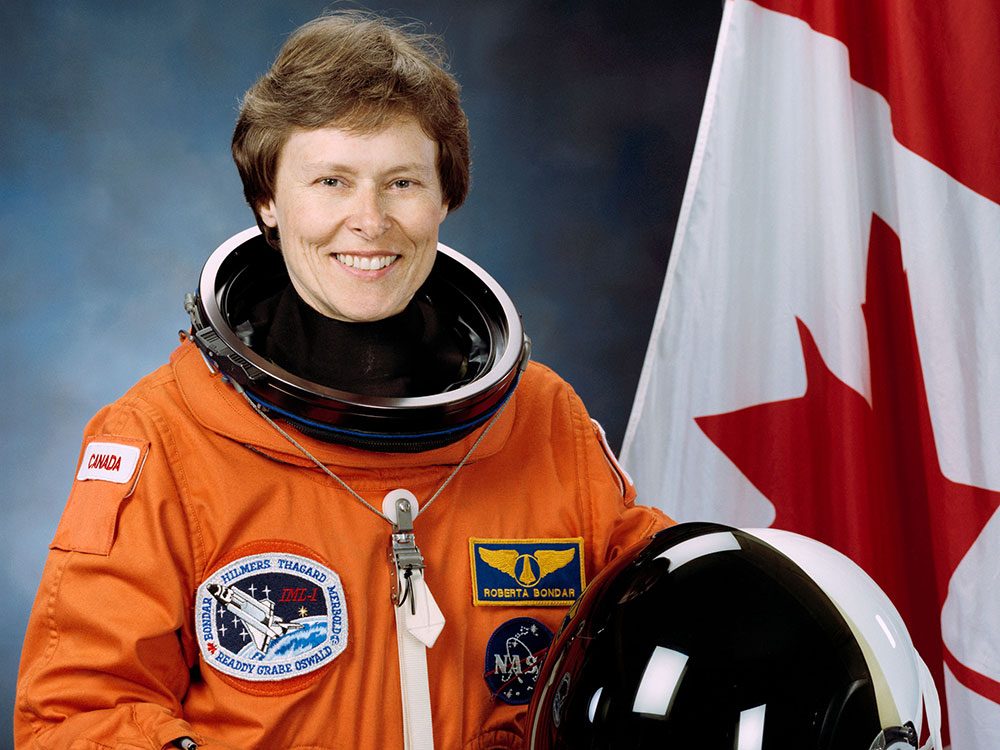
The First Canadian Woman in Space
Dr. Roberta Bondar was one of the six candidates selected in 1983 as part of the Canadian Astronaut Program. Born in Sault Ste. Marie, Ontario, Bondar began her astronaut training in 1984 and in January 1992 became the second Canadian, the first Canadian woman, and world’s first neurologist in space aboard Discovery. On that mission, she conducted more than 40 experiments in the International Microgravity Laboratory with a focus on how humans react to weightlessness. Bondar left the Canadian Space Agency in September 1992.
Read up on 10 more inspiring Canadian women.
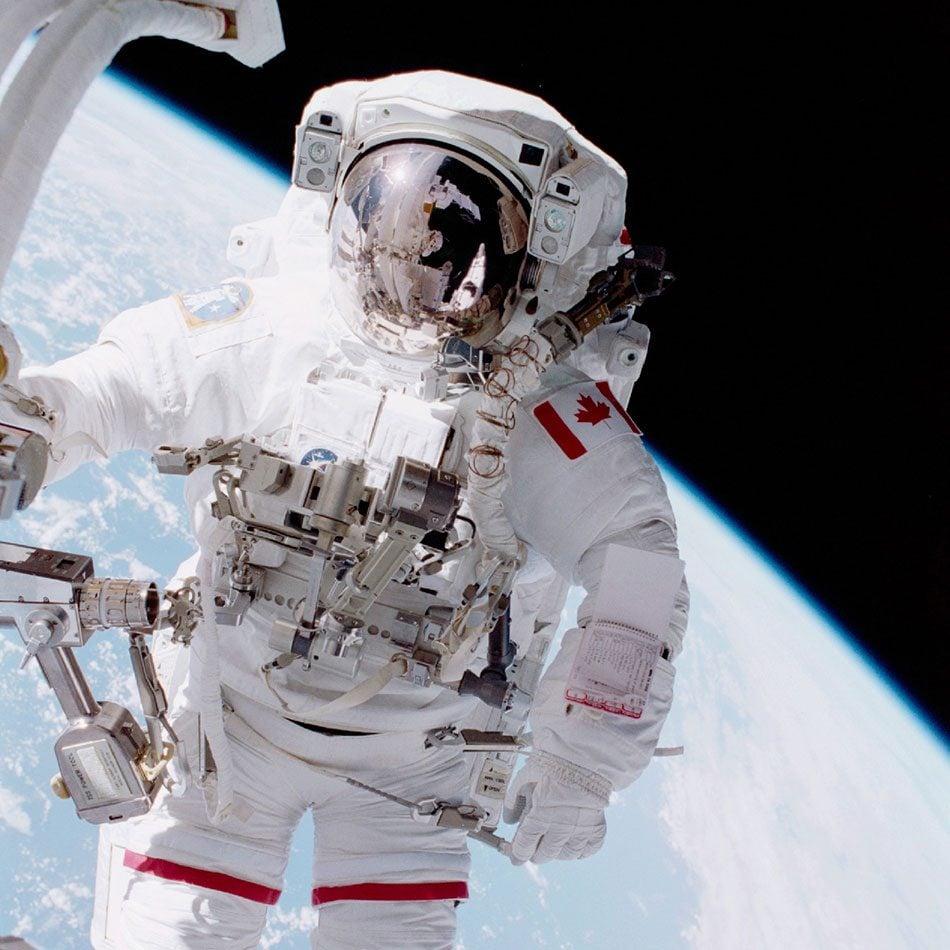
The First Canadian Spacewalk
Long before he was known as the Bowie-singing, guitar-strumming astronaut, Chris Hadfield was the first Canadian to walk in space—a feat he accomplished twice during his mission in 2001. Born in Sarnia, Ontario, the former fighter pilot was selected as one of four new Canadian astronauts in June 1992. During his first mission in November 1995 he was the first Canadian to operate the Canadarm in orbit and the only Canadian to ever board the Russian Space Station Mir. In March 2013 Hadfield became the first Canadian to command a spaceship as Commander of the International Space Station. He retired from the Canadian Space Agency in July 2013, and recently released his first fiction novel.
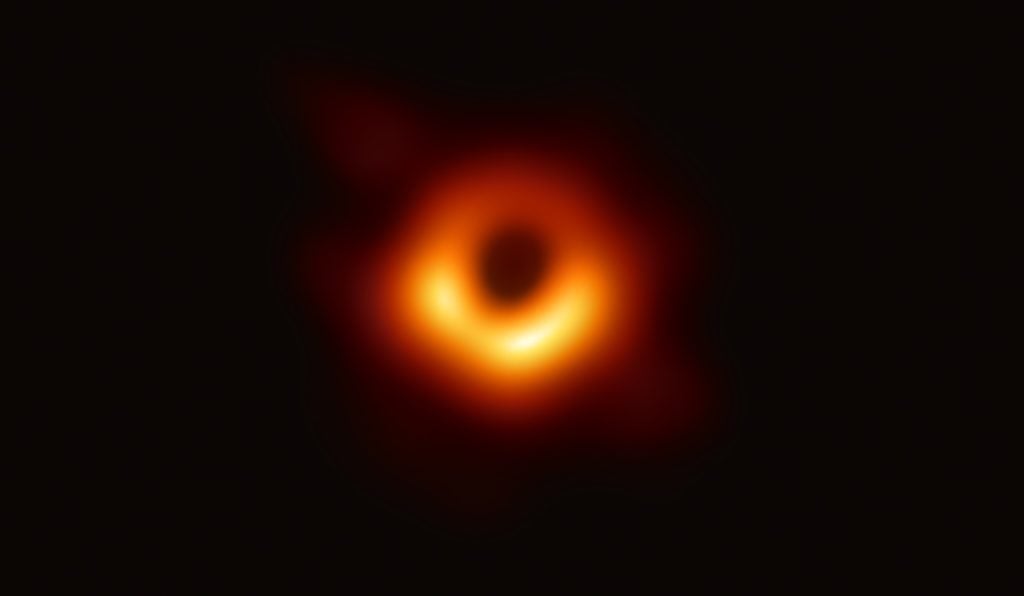
The First Image of a Black Hole
Black holes have been a staple of science fiction for decades, but proving their existence has been a challenge: the force of gravity is so strong they can’t release light. Black holes made the leap from fiction to fact in April 2019 when the first image of the elusive cosmic phenomena was released thanks to the work of a global team of 200 researchers including Avery Broderick, an astrophysicist and associate professor from Ontario’s University of Waterloo. The image was produced by scientists using eight Earth-based telescopes as part of the Event Horizon Telescope Collaboration.
Now that you know the Canadian contributions to space exploration, read up on 20 Canadian heroes you didn’t learn about in school.